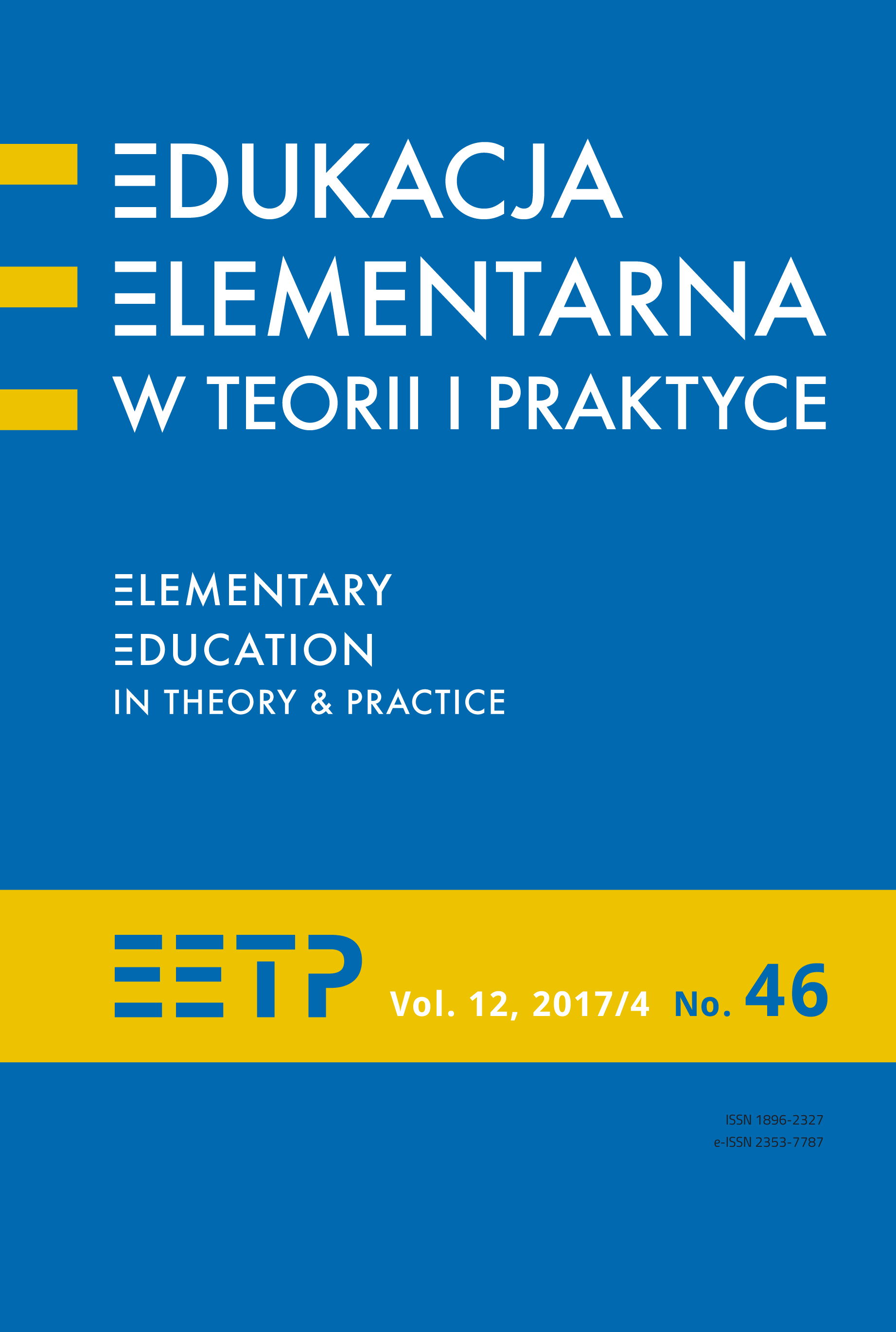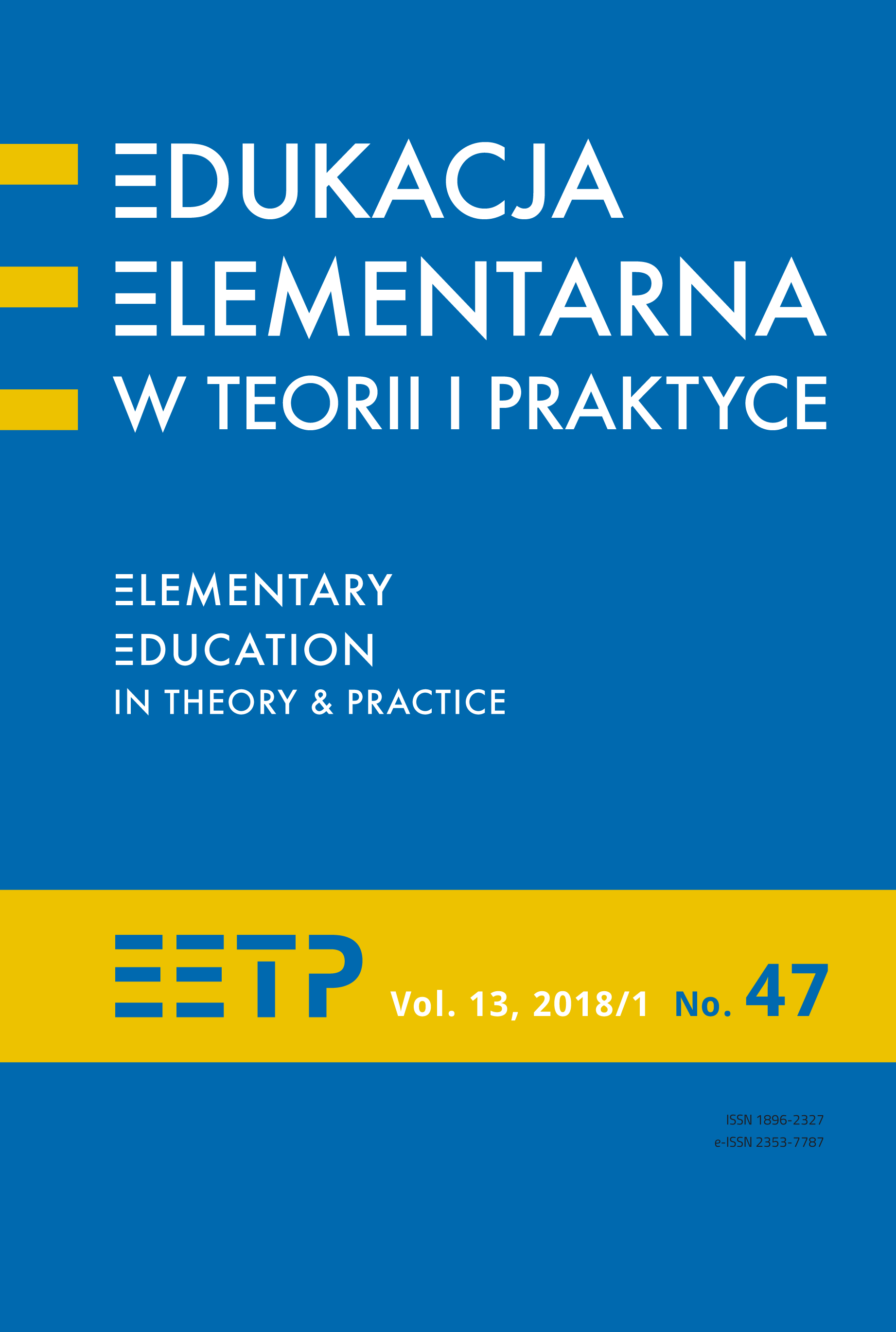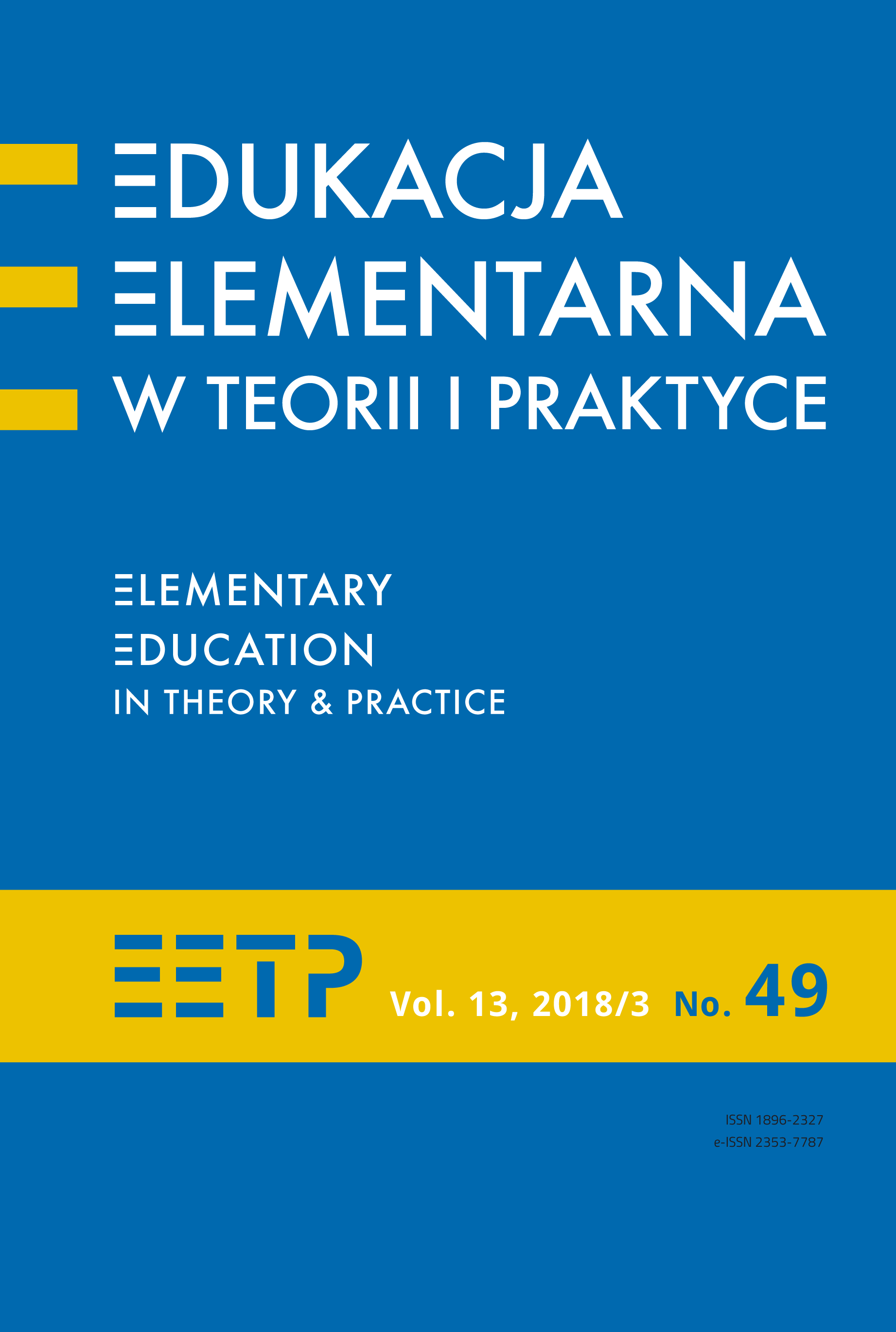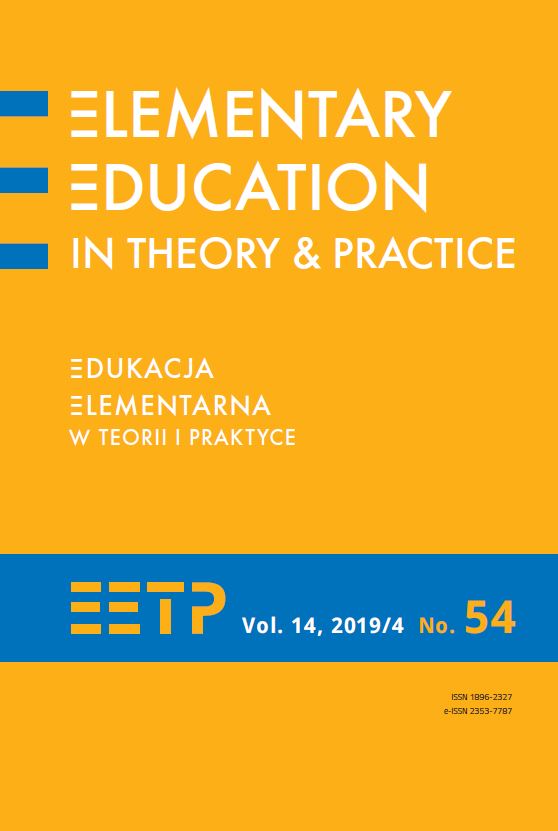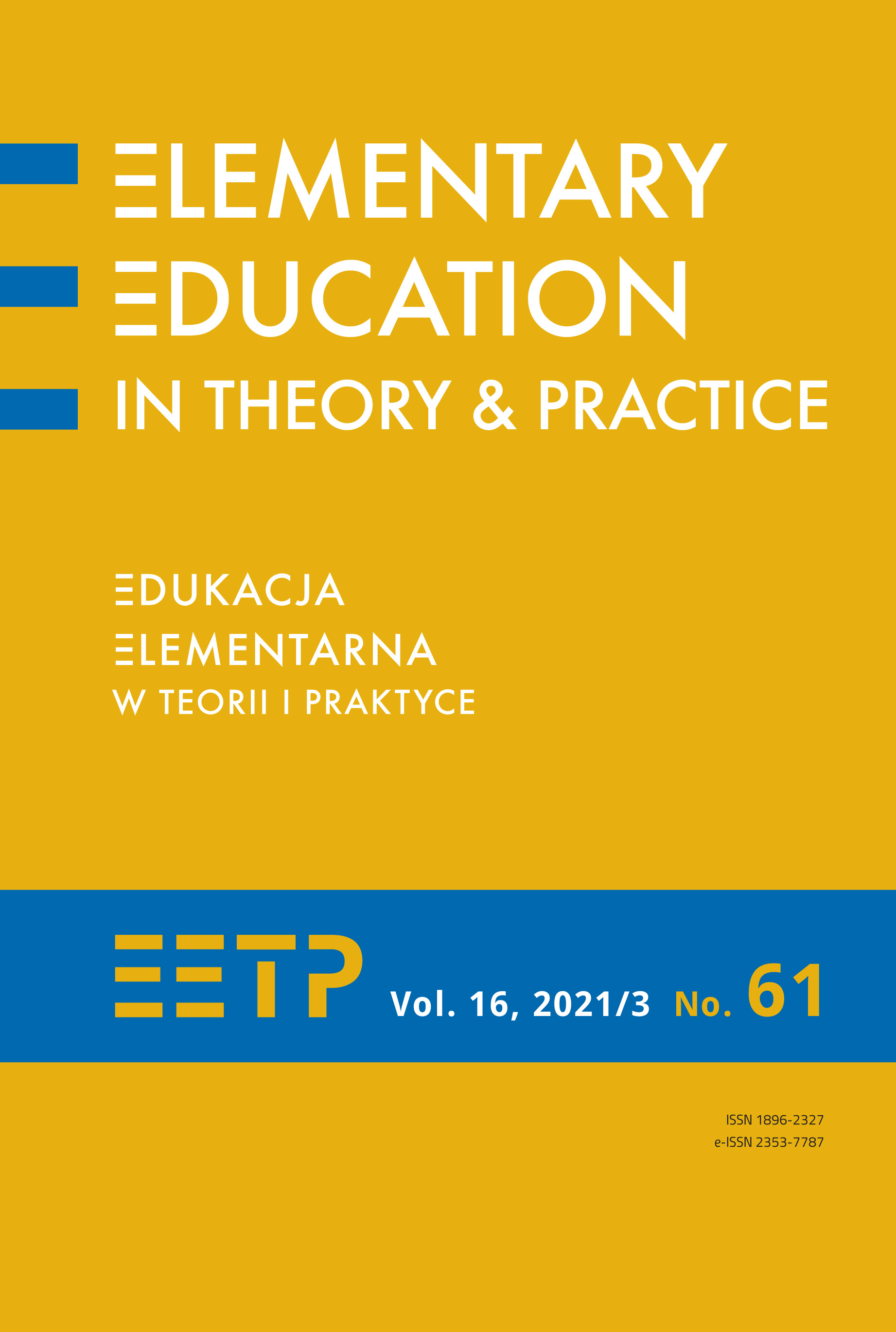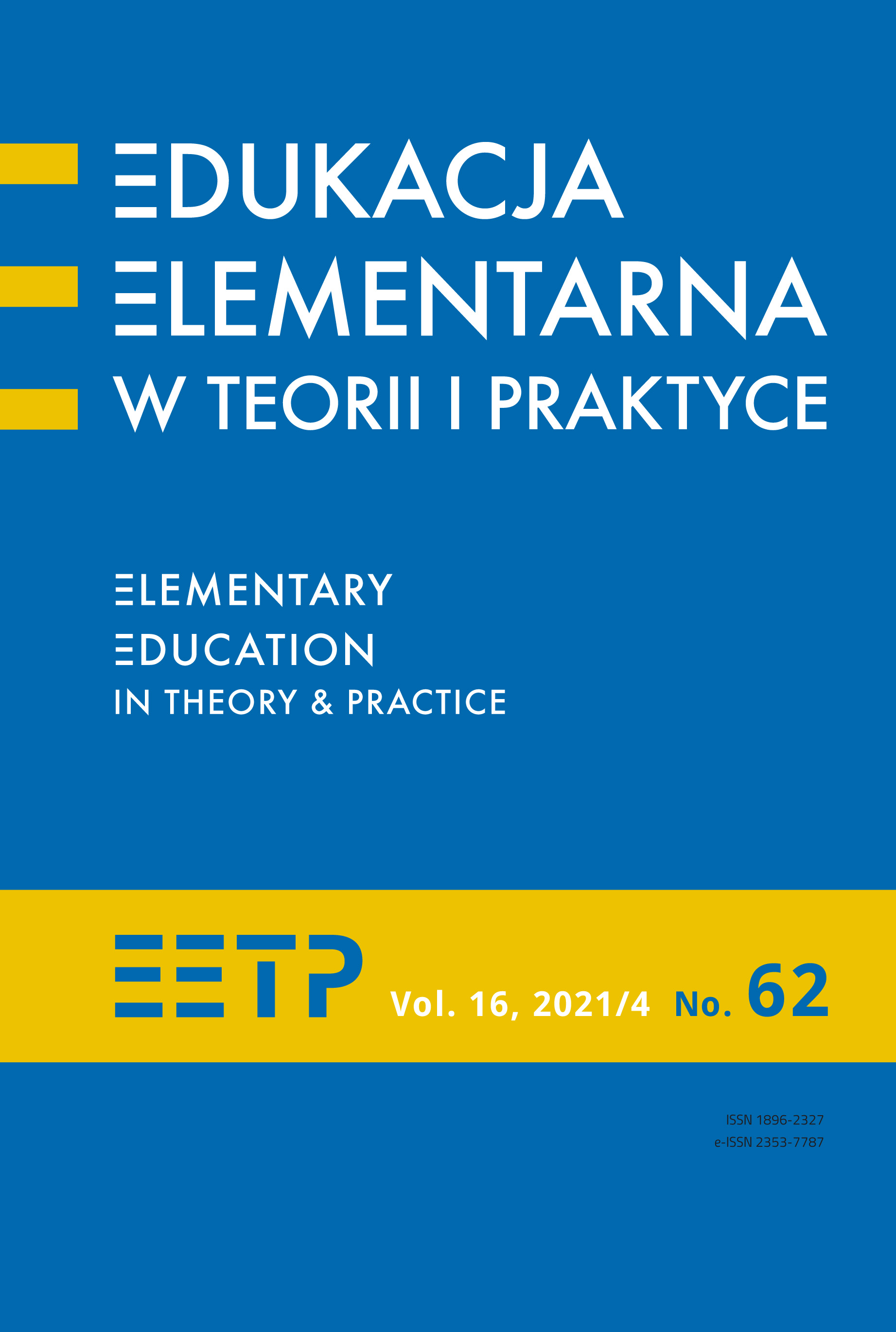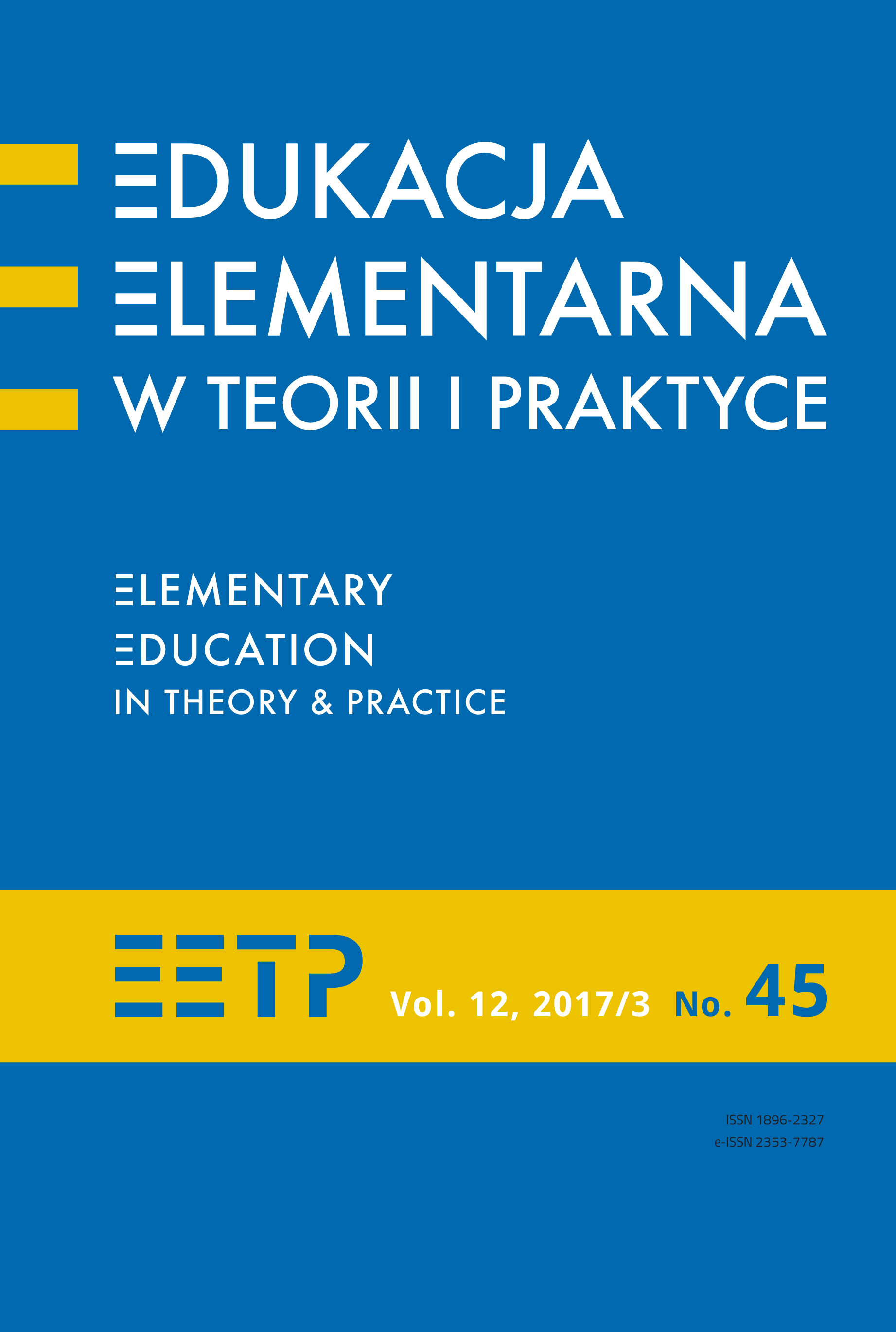
Mądrze i taktownie, przystępnie i zrozumiale – czyli o śmierci w literaturze dziecięcej
Death, although present and visible in life, is considered a social taboo and adults often protect their children from this topic. On the one hand, they think that by doing so they will avoid difficult topics, on the other hand, they do not know how to start a conversation. Besides explanation of what death is, they are also afraid of the feelings and emotions which accompany it: despair, sadness, grief, longing, mourning. Their fears and perhaps also their lack of knowledge push this topic to the margins of family life. And yet, death occurs not only in the world of humans but also of animals and plants. It should be talked about and the children’s natural curiosity should be satisfied. Such conversations should be prepared. The first step is to choose the right children’s literature. The choice should be based on the age of a child and the situation we want to present. We have books about the death of a parent, the death of a grandfather, death of someone from a distant environment (death of a parent of a kindergarten friend), death of animals and plants. The stories in books should describe death in a gentle but consistent way. The next step is the creation of the right atmosphere and the selection of the right words. The understanding of death by children between the ages of 3 to 10 is influenced by those in their immediate surroundings. Conversations, supported by the appropriate literature, will help the youngest to get used to the phenomenon and to go through the stages of mourning.The article, after the necessary extensive introduction to the phenomenon of death, its place in the present world and its understanding by children, indicates and presents the appropriate children’s literature. The presented books about death are only indications and set the course for further exploration of valuable books for children.
More...
